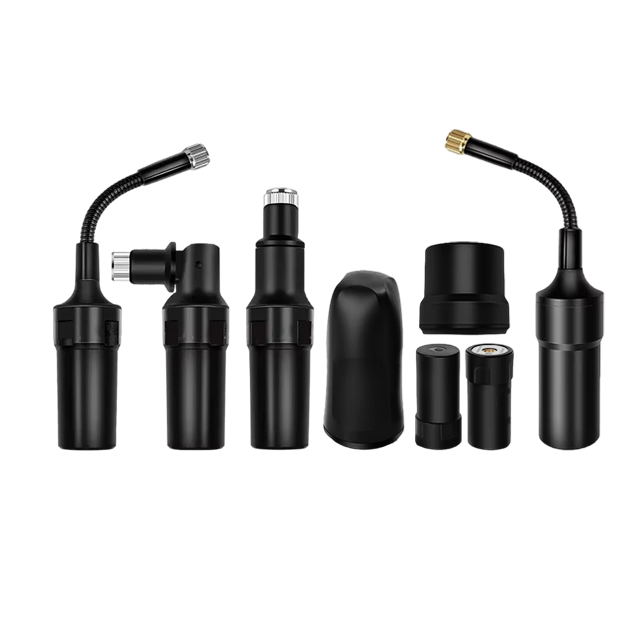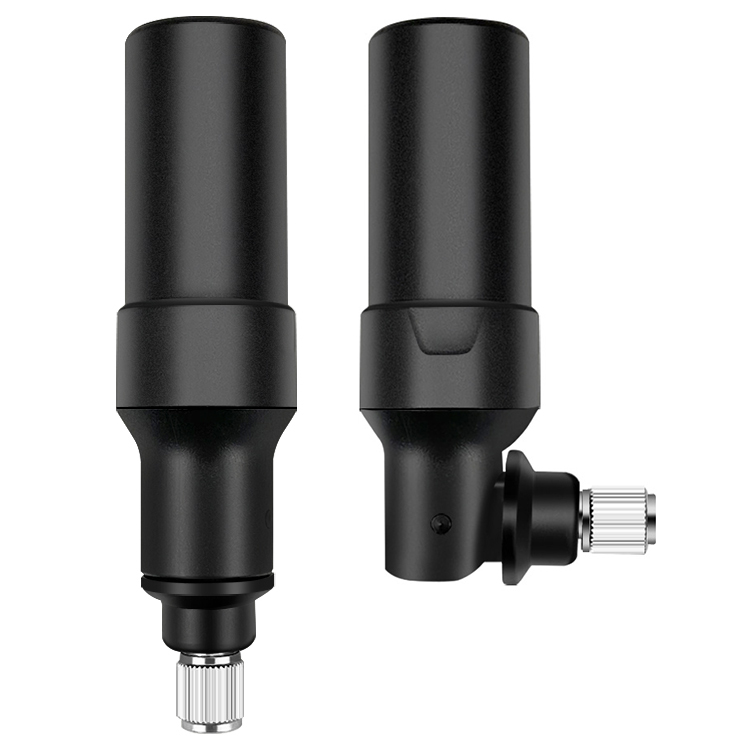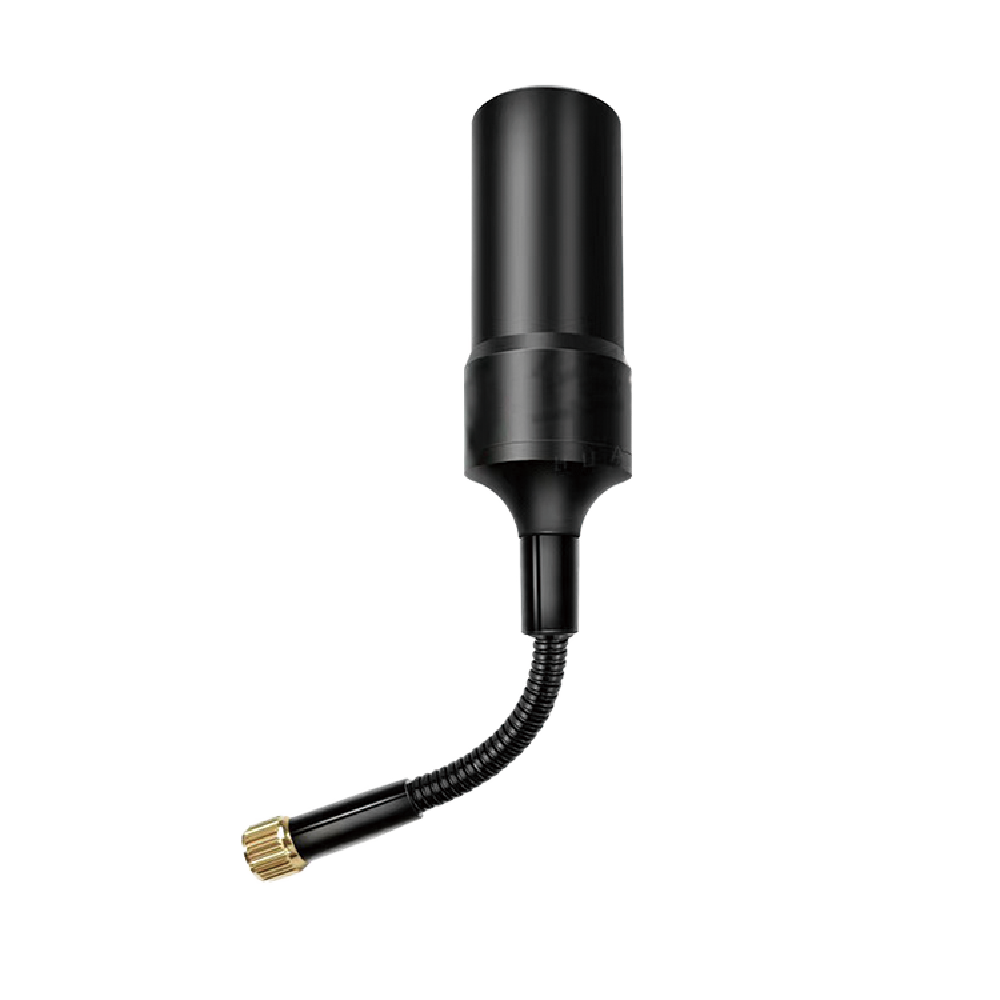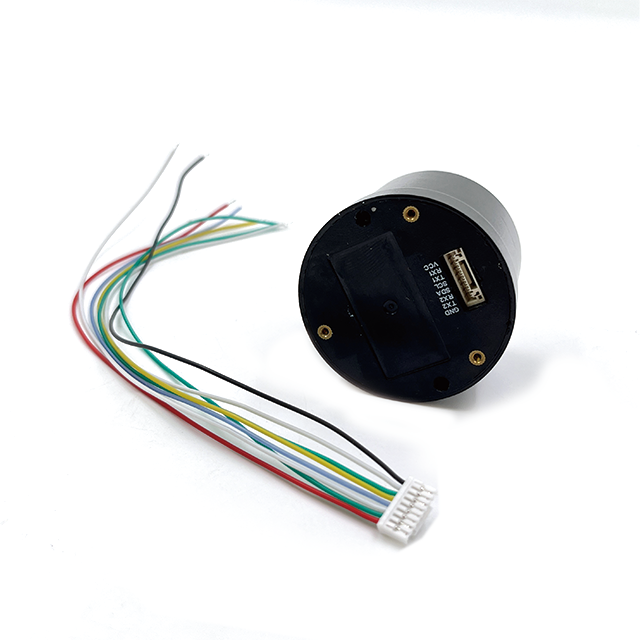The unique advantages of the Robust GNSS RTK Helical Antenna dictate its application in fields where resilience, reliability, and the highest levels of accuracy are required, often in less-than-ideal signal environments.
Applications:
Geodetic and Scientific Monitoring: This is the classic application for such high-performance antennas. They are deployed on permanent or semi-permanent monuments for crustal deformation studies (tectonic plate motion, volcanic uplift), subsidence monitoring (from aquifers or mining), and long-term reference stations for national geodetic networks. Their exceptional phase stability is critical for detecting millimeter-level movements over years.
Critical Infrastructure and Construction: For large-scale engineering projects like the construction of bridges, dams, tunnels, and high-rise buildings, the integrity of the control network is paramount. Helical antennas are used to establish robust base stations that must provide a reliable RTK correction stream to all rovers on site, even in the cluttered RF environment of a construction site with cranes and machinery.
Urban Surveying and Mapping: In dense urban environments, multipath from buildings and vehicles is the primary enemy of GNSS accuracy. Surveyors mapping utilities, conducting cadastral surveys, or performing asset management in cities rely on the superior multipath rejection of helical antennas to maintain fixed solutions and ensure data quality.
Precision Agriculture in Obstructed Terrain: While open fields are well-served by many antennas, farms with wooded areas, rolling hills, or numerous buildings benefit from the helical antenna's ability to track low-elevation satellites and resist multipath, ensuring continuous guidance for automated tractors and accurate data for yield mapping.
Marine and Hydrographic Surveying: On a vessel, the GNSS antenna is constantly moving and is surrounded by a perfect multipath generator: the flat, reflective surface of the water. Helical antennas, often with large choke rings, are used to provide the precise positioning needed for bathymetric surveys, dredging, and port construction.
Unmanned Aerial Vehicles (UAVs) for Corridor Mapping: For drone-based surveying of linear infrastructure like power lines, pipelines, and railways—which often involves flying under tree canopy or near structures—the high performance and light weight (of smaller helicials) can be a significant advantage for maintaining PPK/RTK positioning integrity.
Future Trends:
Tighter Integration with Inertial Navigation Systems (INS): The future of robust positioning lies in sensor fusion. We will see more tightly coupled systems where the GNSS antenna is physically and electronically integrated with a tactical-grade IMU. This creates a single, optimized navigation unit that provides continuous, precise positioning and orientation even during complete GNSS outages, which is vital for autonomous systems.
AI-Enhanced Adaptive Filtering: Future antennas may incorporate on-board processing or work in concert with the receiver to use artificial intelligence to identify and nullify multipath and interference in real-time. The antenna's radiation pattern could even be made electronically adjustable to "steer" nulls towards persistent sources of interference.
Further Miniaturization: Advances in materials and manufacturing, such as 3D printing of conductive elements and substrates, will allow the benefits of the helical design to be packaged into smaller and lighter form factors, making them more viable for size-constrained applications like wearable devices and small drones.
Integration of LEO Satellite Signals: As Low Earth Orbit satellite constellations (e.g., Starlink, Iridium) begin offering navigation services, future helical antennas may be designed to also receive these signals. Their wide bandwidth and design flexibility make them good candidates for this fusion of GNSS and LEO signals, which promises unprecedented robustness and accuracy.
Enhanced Cybersecurity and Spoofing Mitigation: For safety-critical applications, future antennas will incorporate hardware-level features to detect and mitigate GNSS spoofing attacks. This could involve using the antenna's pattern to direction-find a spoofing source or using polarization characteristics to distinguish authentic from fake signals.
Standardization of Multi-Constellation, Multi-Frequency Support: The trend will continue towards antennas that are optimally tuned for all current and future signals from GPS, Galileo, BeiDou, and GLONASS, becoming a true global standard without performance trade-offs.
The helical antenna will continue to evolve from a standalone precision sensor into an intelligent node within a larger, resilient, and multi-source positioning network.
Conclusion
The Robust GNSS RTK Helical Antenna stands as a pinnacle of precision RF design, purpose-built to overcome the most significant challenges inherent in high-accuracy satellite positioning. It is not a general-purpose component but a specialized tool engineered for environments where data integrity, reliability, and ultimate performance are non-negotiable. Its value proposition is clear: by providing superior multipath rejection, excellent low-elevation satellite tracking, and exceptional phase center stability, it delivers the highest quality raw signal data to the GNSS receiver.
This capability forms the indispensable foundation upon which reliable Real-Time Kinematic (RTK) positioning is built. The most advanced receiver algorithms are ultimately limited by the quality of the input they receive. The helical antenna ensures that this input is as clean, stable, and robust as possible, maximizing the chances of achieving and maintaining integer ambiguity resolution—the key to centimeter-level accuracy—in real-world conditions fraught with reflections and obstructions.
While its larger size, weight, and cost present certain trade-offs compared to patch antenna solutions, these are acceptable compromises for the professional and scientific user communities it serves. In applications ranging from monitoring the slow drift of tectonic plates to guiding autonomous machinery on a chaotic construction site, the helical antenna provides a trusted source of truth.
Looking forward, its role is not diminishing but evolving. As GNSS technology advances with new signals and constellations, and as it fuses with other technologies like inertial navigation and LEO satellite communication, the fundamental principles of the helical design—its inherent resilience and precision—will remain highly relevant. It will continue to be the cornerstone of robust positioning systems, adapting to become an even more intelligent and integrated component in the next generation of autonomous and safety-critical applications. In the relentless pursuit of accuracy, the Robust GNSS RTK Helical Antenna remains an essential and powerful instrument.




































































 Language
Language
 En
En Cn
Cn Korean
Korean

 Home >
Home > 








 18665803017 (Macro)
18665803017 (Macro)













